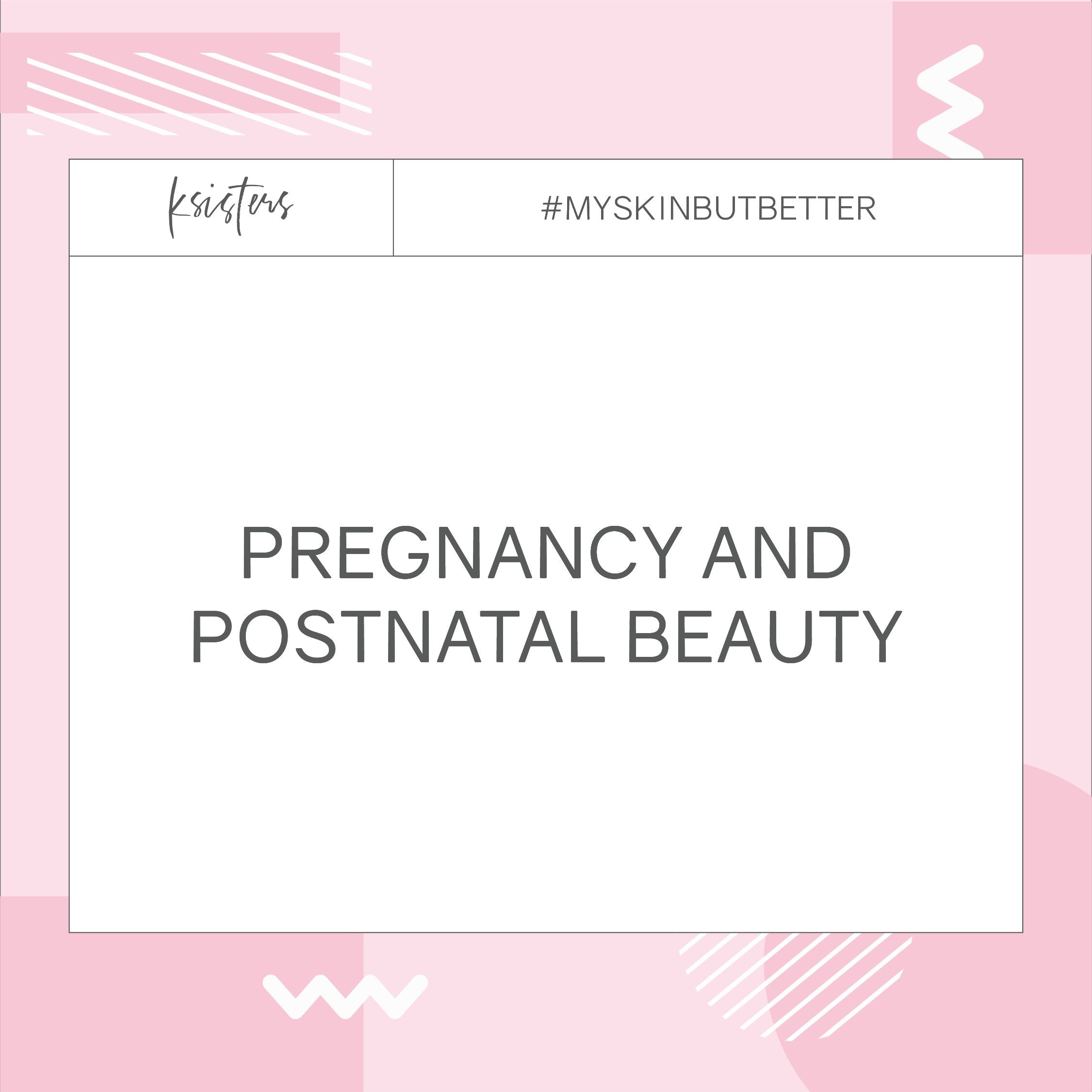
Non-comedogenic

“Non-comedogenic” many of us are hearing this term more and more over the years. How many of us actually know and understand what the term non-comedogenic means?
Well, non-comedogenic actually describes something pretty simple: products likely to help us avoid skin pore blockages and other unwelcome signs of acne that may result.
Why and when should I be concerned if a product is comedogenic or not?
You should be on the alert if you are prone to getting clogged pores and breakouts.
If you’re one fortunate soul who does not have this concern, you do not have to be too concerned about what to avoid; but read on to find out what are some of the non-comedogenic ingredients that are beneficial to your skin as well.
Chamomile
Chamomile has been known for its calming effects. When put in a skin care, other than calming you with its scent, the flavonoids in chamomile can get deep into the skin to work as a topical anti-inflammatory thus it is able to calm down your skin by reducing skin inflammation. Chamomile has natural antibacterial properties which can help to treat an active acne breakout by reducing bacteria and cleansing the skin, whilst also preventing future breakouts.
Chamomile, when applied as a toner will help to reduce skin inflammation. Besides feeling good, it helps tackle the cause of redness which is what makes Lavien Perfect Balance Toning Mist a life saviour for sensitive skin! Together with 88% Korean Mugwort Extract, this toner will keep dryness, excess sebum, skin irritation and dullness at bay.
Sunflower Seed Oil
Other good ingredients to look for in your skin care products are non-comedogenic oils. They are basically oils that do not clog pores, are able to keep dry skin supple and oily skin acne-free. A good example will be Sunflower Seed Oil. It is light and thin in texture, which is why it is able to be used effectively as a carrier oil, or on its own. It’s high in beta-carotene, vitamin E, and fatty acids which are essential for skin-barrier repair.
Besides Sunflower Seed Oil, COMMONLABS Triple Vita Balancing Mask is filled with Vitamin B, C and E, Manuka Honey Extract (10,000ppm) and 6-layer Hyaluronic Acid making it a multi-faceted facial mask.
Jojoba Oil
Jojoba Oil has been proven to have positive effects on acne and acne-prone skin thanks to its naturally antibacterial, antifungal, antiviral, analgesic (read: able to relieve pain), and anti-inflammatory properties. Rich in beauty-boosting vitamins A, E, and D, plus antioxidants and fatty acids, jojoba "oil" is actually a wax ester with remarkably similar properties to our skin's own sebum. This means the "oil" is able to penetrate deeply, reaching below the top layer of skin for maximum nourishment.
Lavien Perfect Balance Daily Cleansing Foam not only contains Jojoba Oil, but also Sacheol Mugwort and 10 different green plants which makes it THE cleanser which suits anybody and everybody.
Bitter Almond Oil
Another oil to look out for is Bitter Almond Oil. It contains oleic acid, a type of mono saturated acid, plus omega-9 fatty acid giving it potent moisturizing properties. Since it is easily absorbed, it is able to deliver its high nutritional content deep within layers of the dermis to powerfully heal and nourish skin. It is rich in vitamin E, giving it the ability to fight off free radicals and reverse signs of ageing like wrinkles and fine lines. Its antibacterial and antimicrobial properties can help keep acne causing bacteria at bay.
Paired with Parsley Extract, the OHIOHOO Oh No Red Cream is the ideal cream for skin which is sensitive and gets clogged easily. This cream is able to reduce the sebum secretion without drying skin out. It calms and cools skin down which in turn reduces redness and irritation.
Seeing products which contain comedogenic ingredients does not mean you will not be able to use it at all. Similarly, even a certified non-comedogenic product may not be the most ideal product for you.
Everyone's skin is different, so if yours is acne-prone, we’ll advise that you conduct your own patch test each time you are trying something new.
(Put a small amount of the new product on your face, and wait a couple of days to see what happens before deciding if something is good or bad for you.)
All in all, a product that has comedogenic ingredients isn’t bad in and of itself.
It might even be the best choice for someone with dry skin who isn’t prone to acne.
At the end of the day, besides being careful in choosing what products to use, it’s probably more important to remember to take care of your skin correctly.
If you don’t, having the best products will still do nothing for your skin.
The very first step to taking care of your skin is cleansing. Click here to learn more about how to clean your skin properly.


![[Clozette] I Am Her: Ksisters' Jungmin Lee On Loving One's Skin](http://ksisters.sg/cdn/shop/articles/jungmin-lee-ksisters-interview-1.jpg?v=1612939544&width=400)

